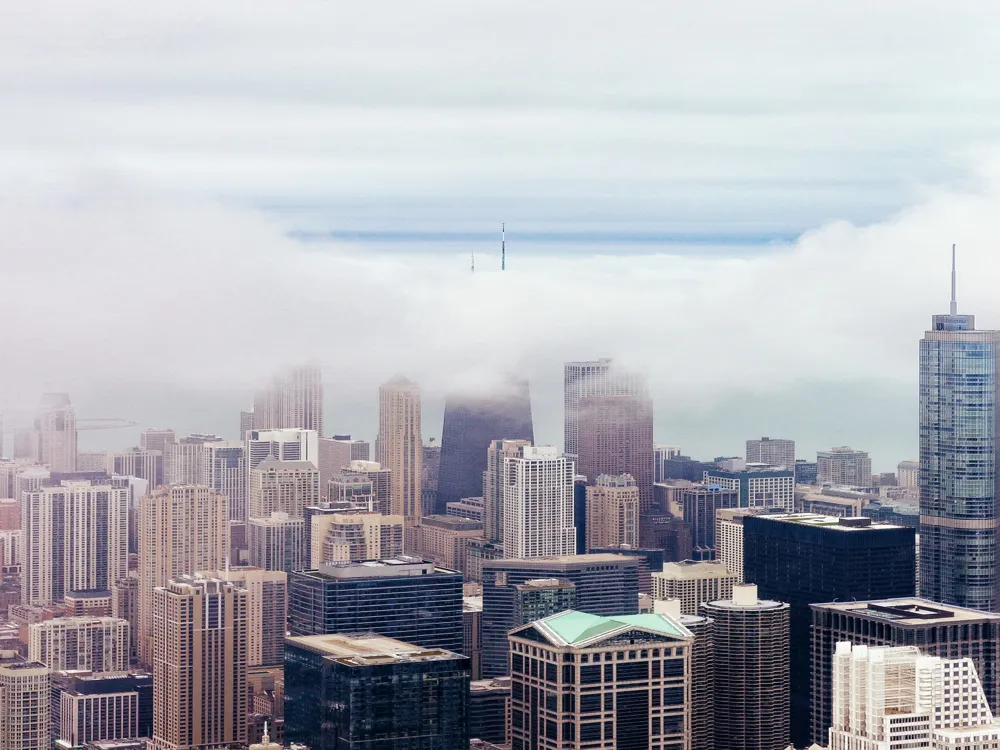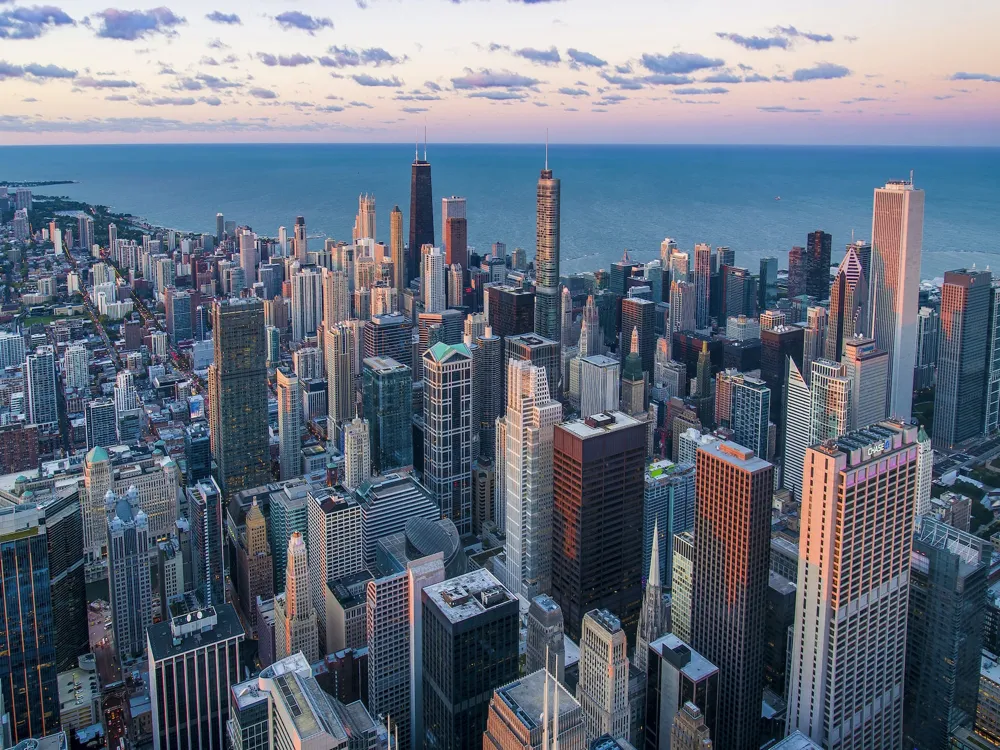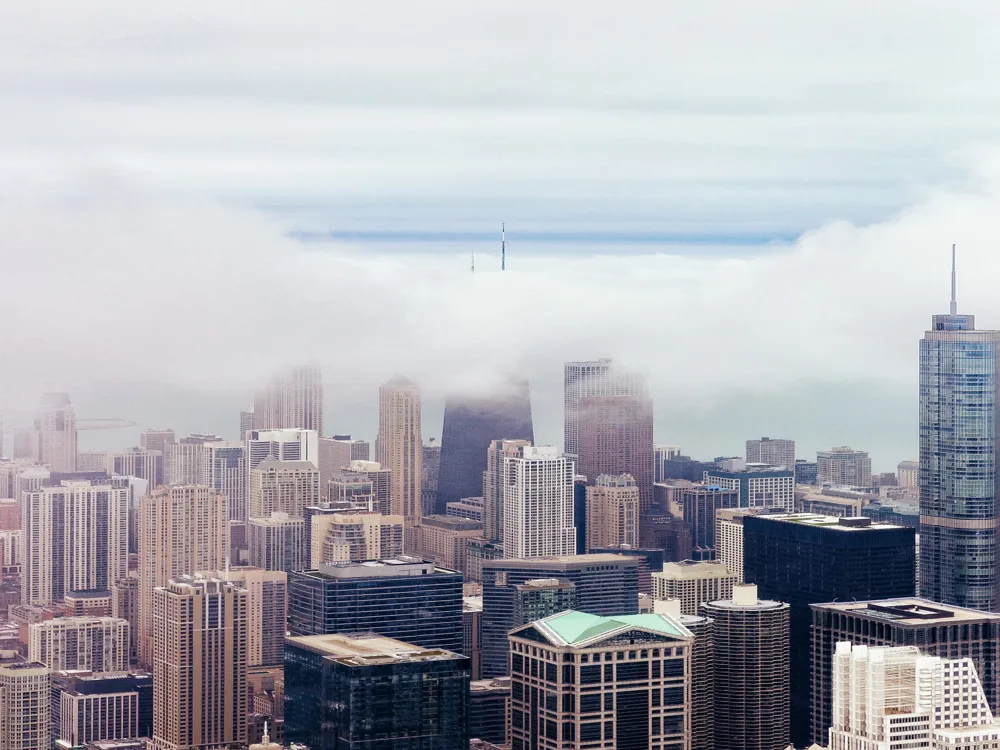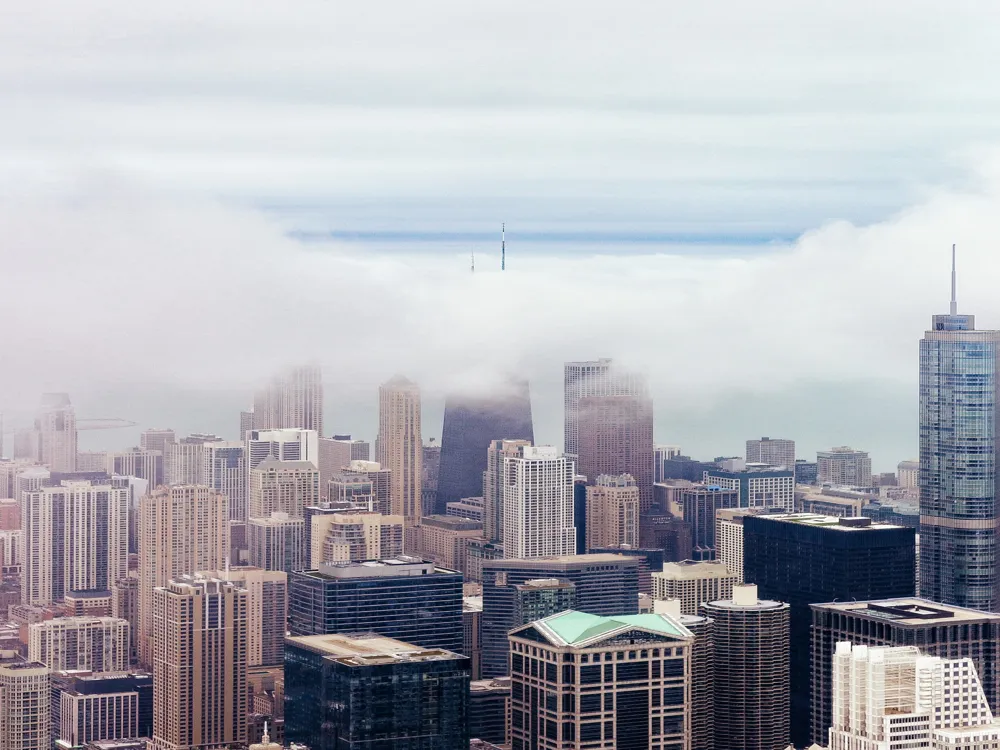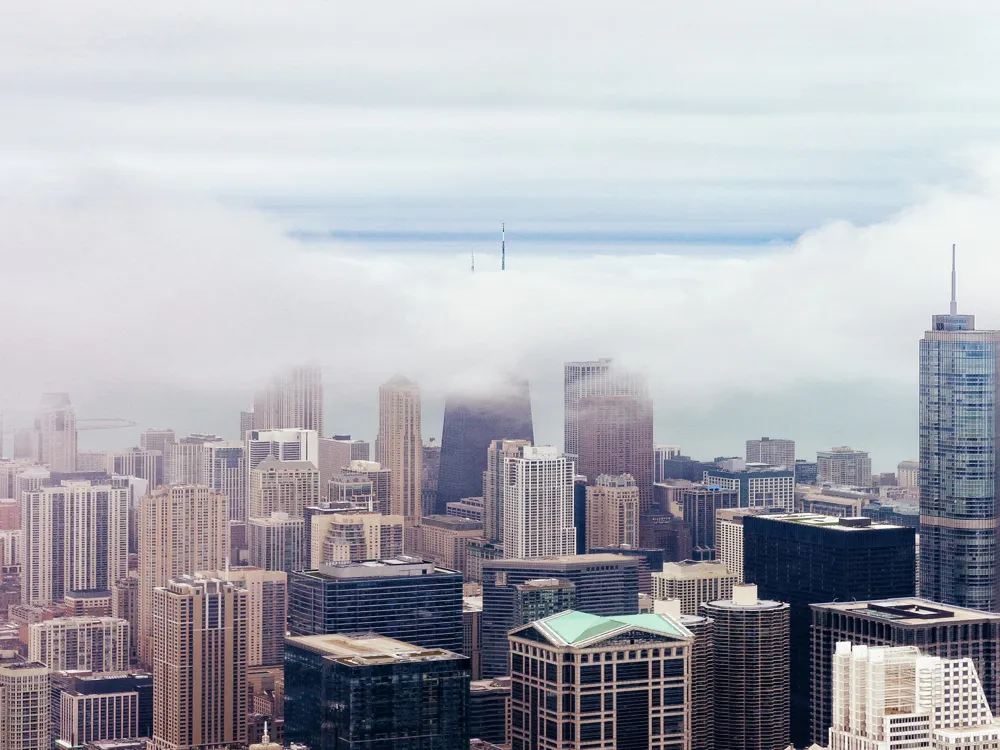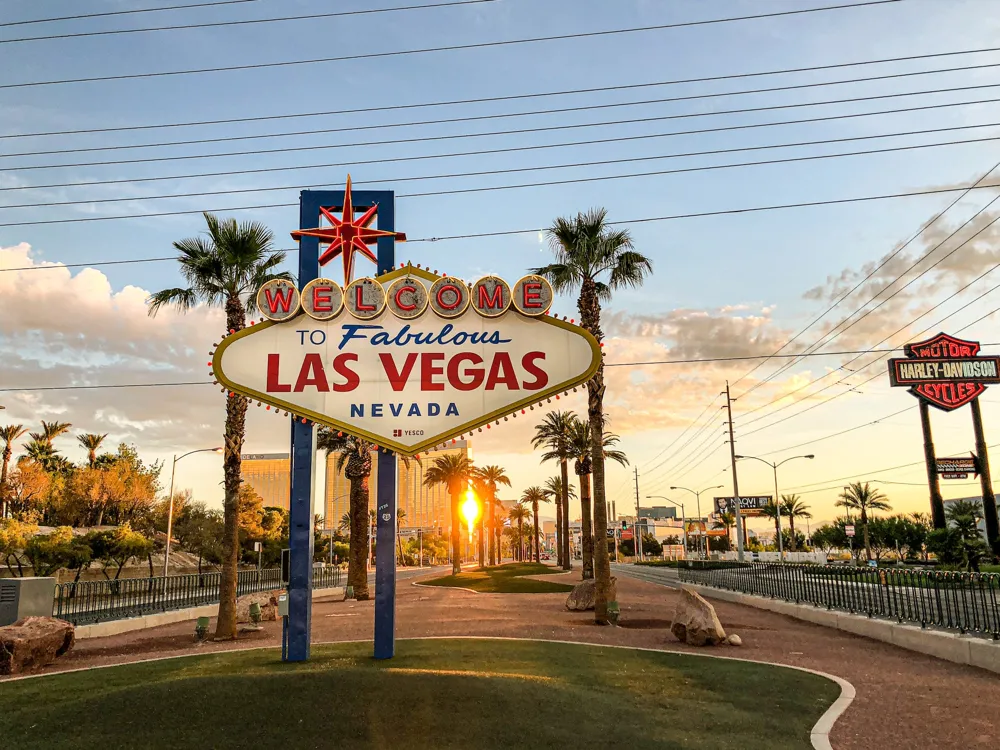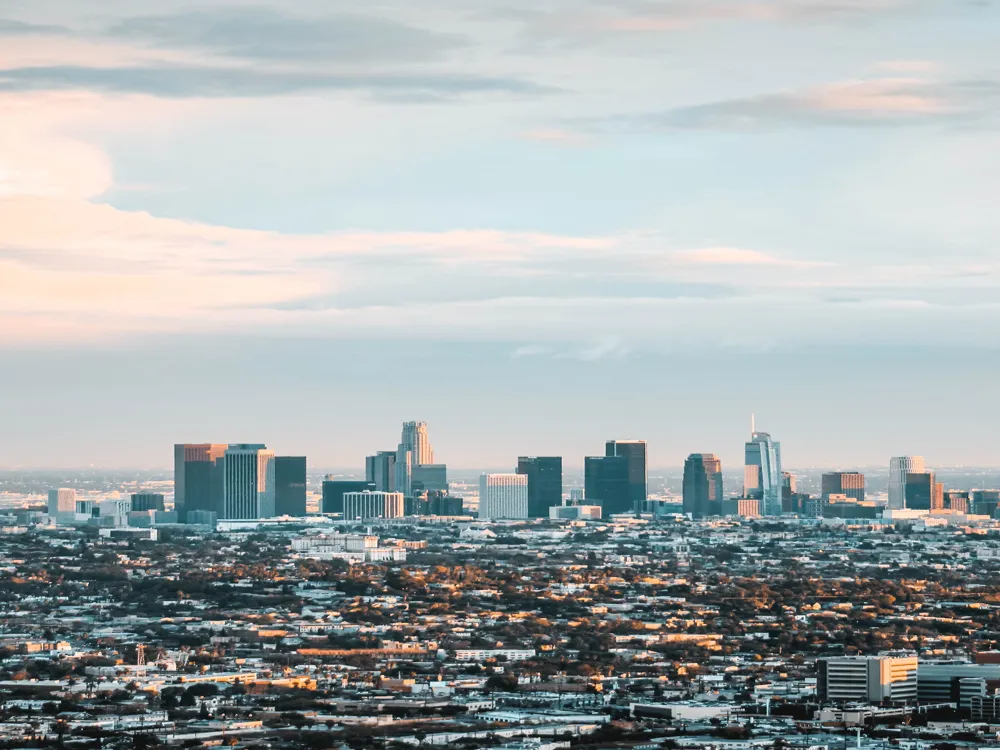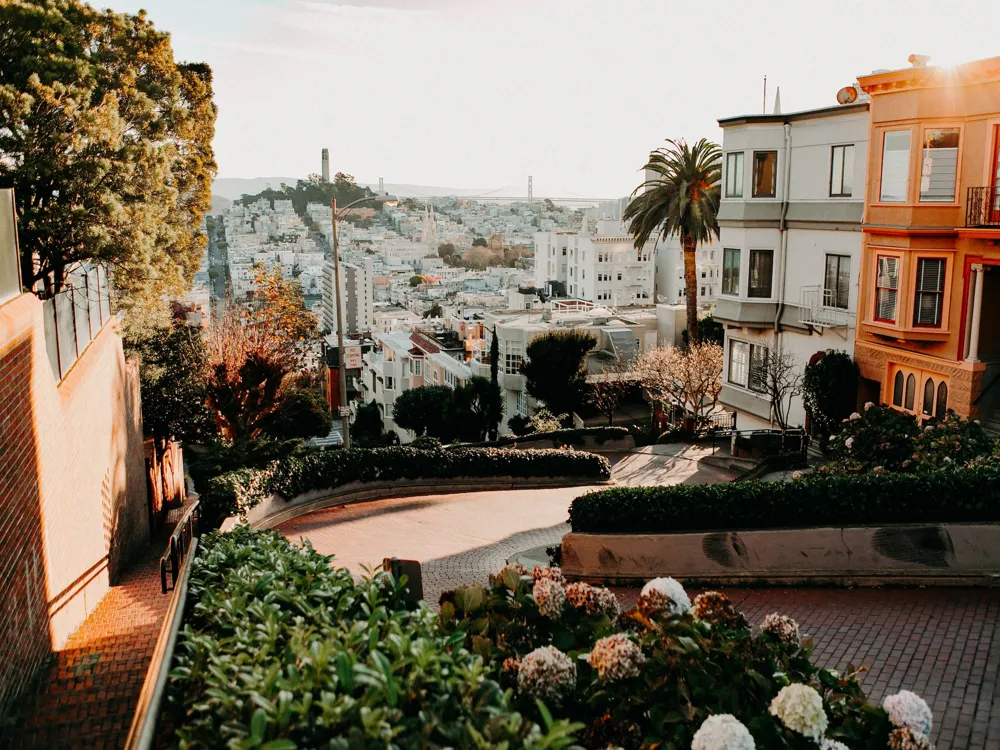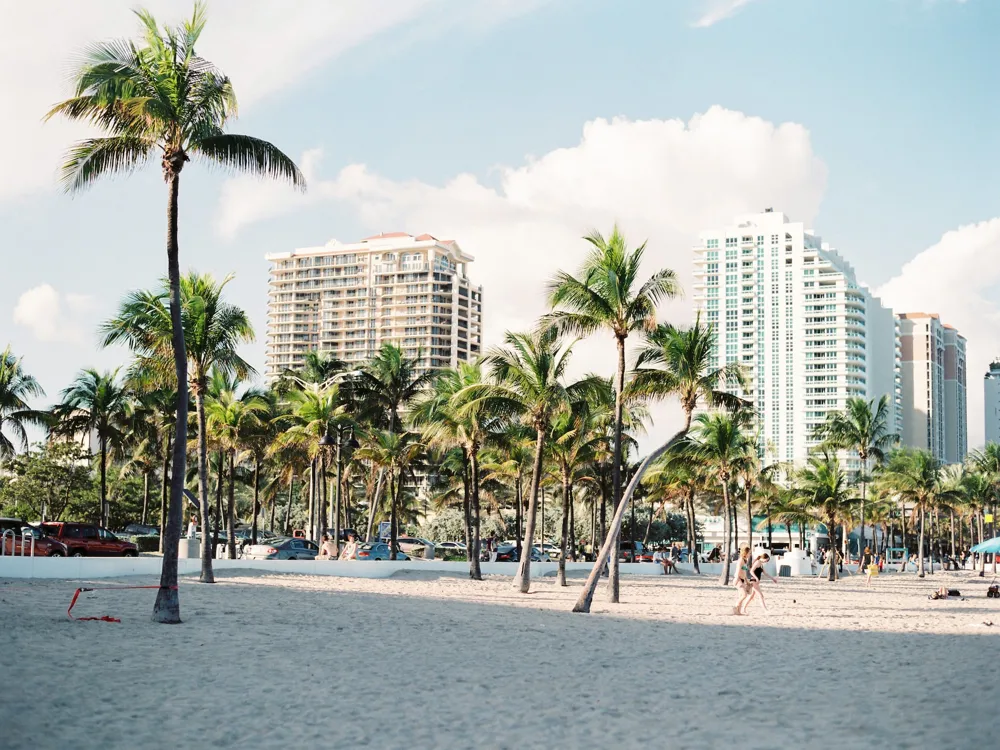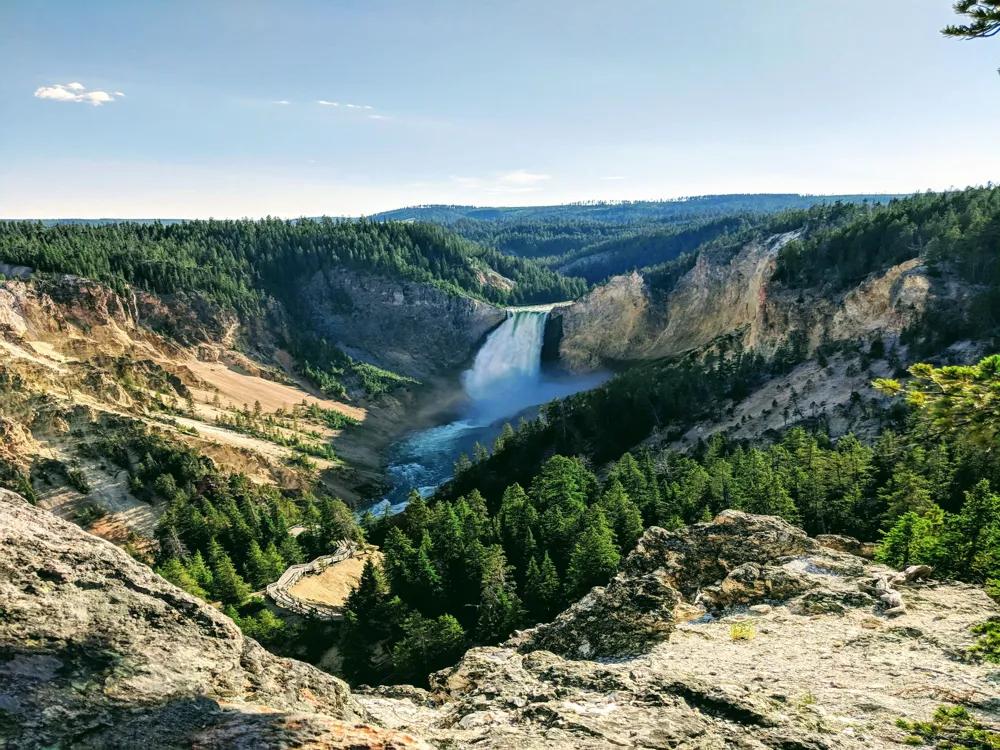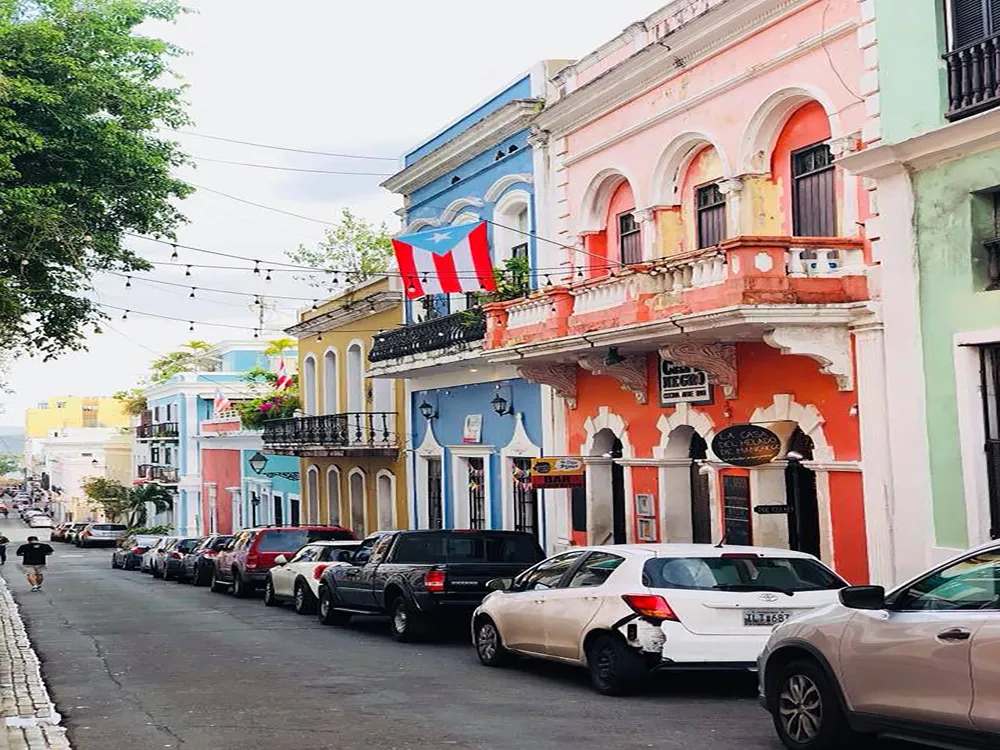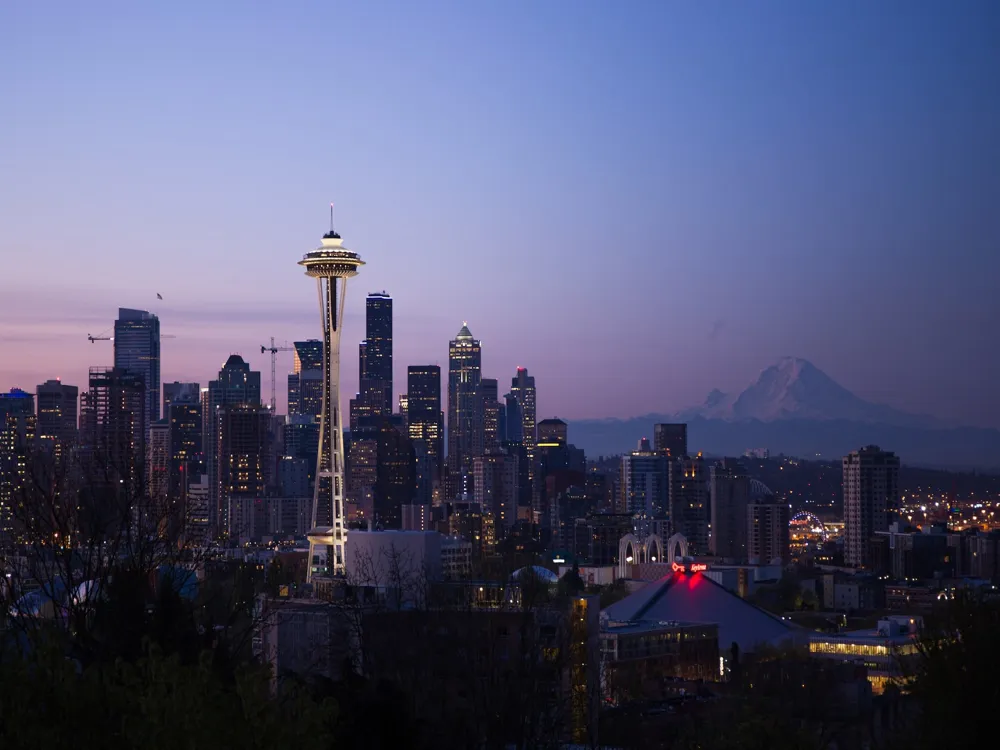Chicago, nestled along the shores of Lake Michigan, is a vibrant city renowned for its rich history, diverse culture, and stunning skyline. Known as the 'Windy City,' Chicago is the third-largest city in the United States and a hub for arts, entertainment, and business. Its unique character is shaped by a blend of architectural marvels, historic landmarks, and lush green parks, making it a melting pot of urban beauty and cultural wealth. The city's history dates back to the 19th century and is a tale of resilience and growth. Following the Great Chicago Fire of 1871, the city underwent a massive rebuilding effort, laying the foundation for the architectural wonders it's famed for today. Chicago's economy is as diverse as its neighborhoods, with strong ties in finance, technology, manufacturing, and food processing sectors. It's also a city of neighborhoods, each offering a unique cultural experience, from the historic charm of Old Town to the bustling streets of Chinatown. Culturally, Chicago is a treasure trove. It's home to world-class museums like The Art Institute of Chicago, vibrant music scenes encompassing jazz, blues, and rock, and a thriving theatre community. The culinary landscape in Chicago is equally diverse, offering everything from deep-dish pizza to gourmet dining experiences. Seasonal events, sports games, and festivals add to the city's dynamic atmosphere, ensuring there's always something new to explore. Chicago's architecture is a testament to its historical significance and creative spirit. The city is often regarded as the birthplace of the modern skyscraper, with the Home Insurance Building, built in 1885, being one of the first. The city's skyline is a blend of historic and contemporary designs, showcasing works from famed architects like Louis Sullivan, Frank Lloyd Wright, and Mies van der Rohe. The architectural journey of Chicago is a fascinating one. After the Great Chicago Fire, the city embraced the challenge of rebuilding, leading to an architectural revolution. The Chicago School of Architecture, characterized by steel-frame constructions and large plate glass windows, emerged during this period. The Willis Tower, formerly known as the Sears Tower, and the John Hancock Center are prime examples of the city's architectural ingenuity. Art Deco buildings like the Chicago Board of Trade Building and the Carbide and Carbon Building add to the city's architectural charm. The Millennium Park, with its iconic Cloud Gate sculpture and the Pritzker Pavilion, represents the contemporary face of Chicago's architecture. The city's commitment to innovation in architecture is also evident in projects like the Chicago Riverwalk and the 606, an urban park built on an old railway line. Walking tours and river cruises offer a unique perspective of Chicago's architectural landscape, allowing visitors to appreciate the intricacies of designs ranging from neo-Gothic to modernist. The city's architecture is not just about aesthetics; it's a reflection of its ever-evolving identity, mirroring the cultural and historical shifts over the years. Chicago is enchanting year-round, but the best time to visit is from April to October when the weather is mild, and the city is alive with outdoor festivals and events. Winters can be harsh, but offer a unique charm with snowy landscapes and festive decorations. Chicago boasts an efficient public transportation system, including buses and the 'L' train. Taxis and ride-sharing services are also widely available. For a scenic route, consider renting a bike or walking along the extensive lakefront trail. Accommodation options in Chicago cater to all budgets. The Loop is ideal for first-time visitors due to its proximity to major attractions. Neighborhoods like Wicker Park and Lincoln Park offer a more local experience. Chicagoans are known for their friendliness. Tipping is customary in restaurants and taxis. When using public transport, be mindful of personal space and noise levels. Exploring diverse neighborhoods respectfully contributes to an enriching experience. While Chicago is generally safe for tourists, it's advisable to stay informed about the areas you plan to visit. Common sense safety practices like being aware of your surroundings and securing your belongings apply as in any major city. Reaching Chicago is convenient due to its central location in the United States. O'Hare International Airport, one of the busiest airports in the world, and Midway International Airport serve the city, connecting it globally. For those preferring ground travel, Chicago is a major hub for Amtrak, with several train routes converging here. Interstate highways also make it accessible by car from various parts of the country. Once in Chicago, the city's extensive public transportation system, including buses and the 'L' train, makes it easy to navigate. For a more scenic and intimate exploration, bike rentals and walking are great options, especially along the Magnificent Mile and the lakefront. With its well-connected infrastructure, reaching and exploring Chicago is a breeze for any traveler.Overview of Chicago, Illinois
Architecture of Chicago
Tips When Visiting Chicago
Best Time to Visit
Getting Around the City
Accommodation Tips
Cultural Etiquette
Safety Tips
How To Reach Chicago
Wndr Museum
Chicago
Illinois
NaN onwards
View chicago Packages
Weather :
Tags : Museum
Address : 1103 W Monroe St, Chicago, IL 60607
Opening Hours : Sunday - 12:00 PM to 7:00 PM
Wednesday to Friday - 12:00 PM to 7 PM
Saturday - 10:00 AM to 9:00 AM
Suggested Hours : 1 hour
Admission Fee : General: USD 32
Children under 2 years of age - Free
How to reach : The use of public transit is encouraged.
Chicago ‘L’ Blue line, Green Line ( Station: Madison & Aberdeen, Jackson& Aberdeen)
Pets : Service animals are allowed ( restricted in some spaces)
Parking : On-street parking ( limited spaces)
Popular Exhibit : Yayoi Kasuma Infinity Mirror Room
Planning a Trip? Ask Your Question
Chicago Travel Packages
View All Packages For Chicago
Top Hotel Collections for Chicago

Private Pool

Luxury Hotels

5-Star Hotels

Pet Friendly
Top Hotels Near Chicago
Other Top Ranking Places In Chicago
View All Places To Visit In chicago
View chicago Packages
Weather :
Tags : Museum
Address : 1103 W Monroe St, Chicago, IL 60607
Opening Hours : Sunday - 12:00 PM to 7:00 PM
Wednesday to Friday - 12:00 PM to 7 PM
Saturday - 10:00 AM to 9:00 AM
Suggested Hours : 1 hour
Admission Fee : General: USD 32
Children under 2 years of age - Free
How to reach : The use of public transit is encouraged.
Chicago ‘L’ Blue line, Green Line ( Station: Madison & Aberdeen, Jackson& Aberdeen)
Pets : Service animals are allowed ( restricted in some spaces)
Parking : On-street parking ( limited spaces)
Popular Exhibit : Yayoi Kasuma Infinity Mirror Room
Planning a Trip? Ask Your Question
Chicago Travel Packages
View All Packages For Chicago
Top Hotel Collections for Chicago

Private Pool

Luxury Hotels

5-Star Hotels

Pet Friendly







